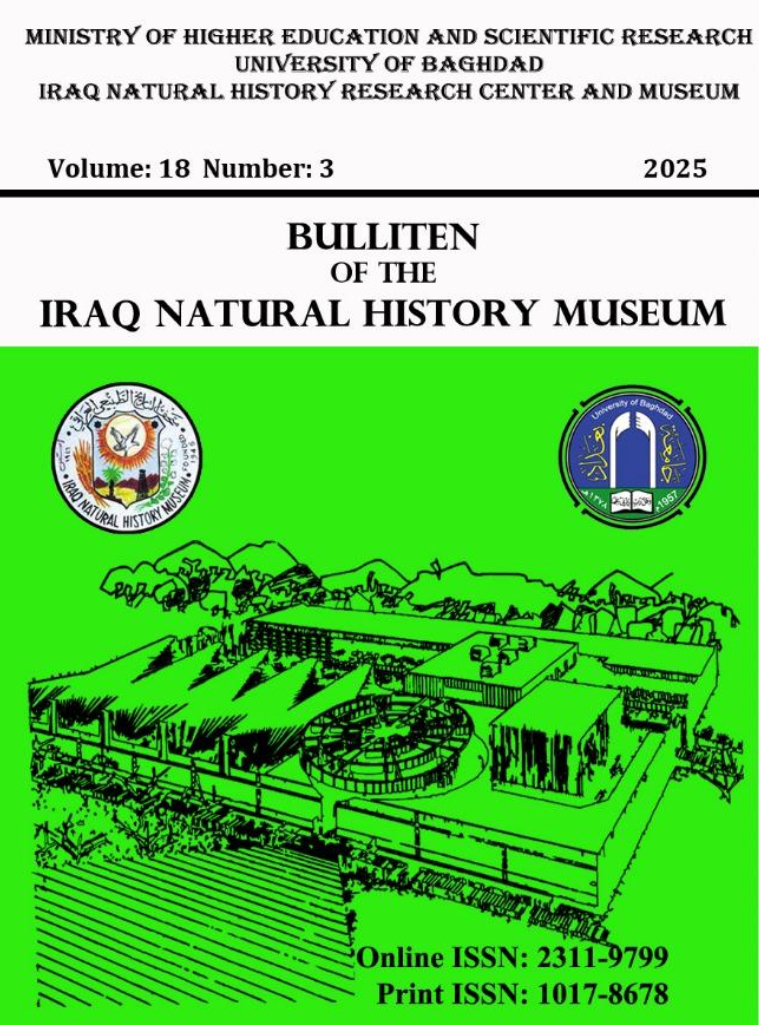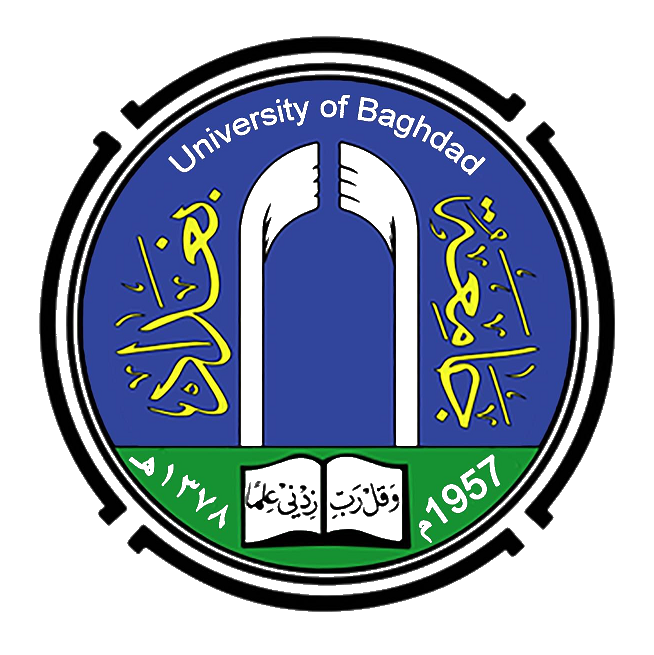CLASSIFYING FLUVIAL LANDFORMS USING GEOSPATIAL MODELING IN AL-ASHAALI WATERSHED, IRAQI SOUTHERN DESERT
DOI:
https://doi.org/10.26842/binhm.7.2025.18.3.0739Keywords:
Al-Ashaali, Landforms, SRTM, Topography, Watershed.Abstract
This study examines the Al-Ashaali drainage basin, a watershed in the southern Iraqi desert, which constitutes a hydro-geomorphological system within the lower valleys region according to Iraq's geomorphological classification. The study uses a digital elevation model to classify the landforms of the watershed. Landform maps from the Shuttle Radar Topography Mission (SRTM) were combined with topographic maps to understand the formation of landforms. Geospatial simulation models were developed to create a simplified geomorphological base map. The data was analyzed utilizing ArcGIS software, which included color mapping tools, topographic maps, as well as geological and hydrological maps. The study aims to enhance the interpretation and geomorphological analysis of the watershed's landform characteristics. The Dutch Geosciences Institute (ITC) geomorphological classification system was used to categorize the landforms. The results indicated that the valleys in the study area are significant terrain due to their desiccation during the Quaternary period and their current location in arid regions. They exhibit fluvial erosion and are associated with Al-Ashaali watershed and Abu Hadair watershed in its western and southwestern areas. Rijlat Al-Tuwaitha is characterised by "captivity elbow" and "wind gaps", due to the accelerated flow of one river. The erosion plain is affected by erosion factors, including river sedimentation, floodplains, river islands, and braided streams. Alluvial fans develop in regions with steep slopes and lowlands, while floodplains are created by sediments carried by valleys and streams from steep highlands. Braided streams undergo multiple cycles of deposition and erosion, and most flora in the region consists of pioneer species.











